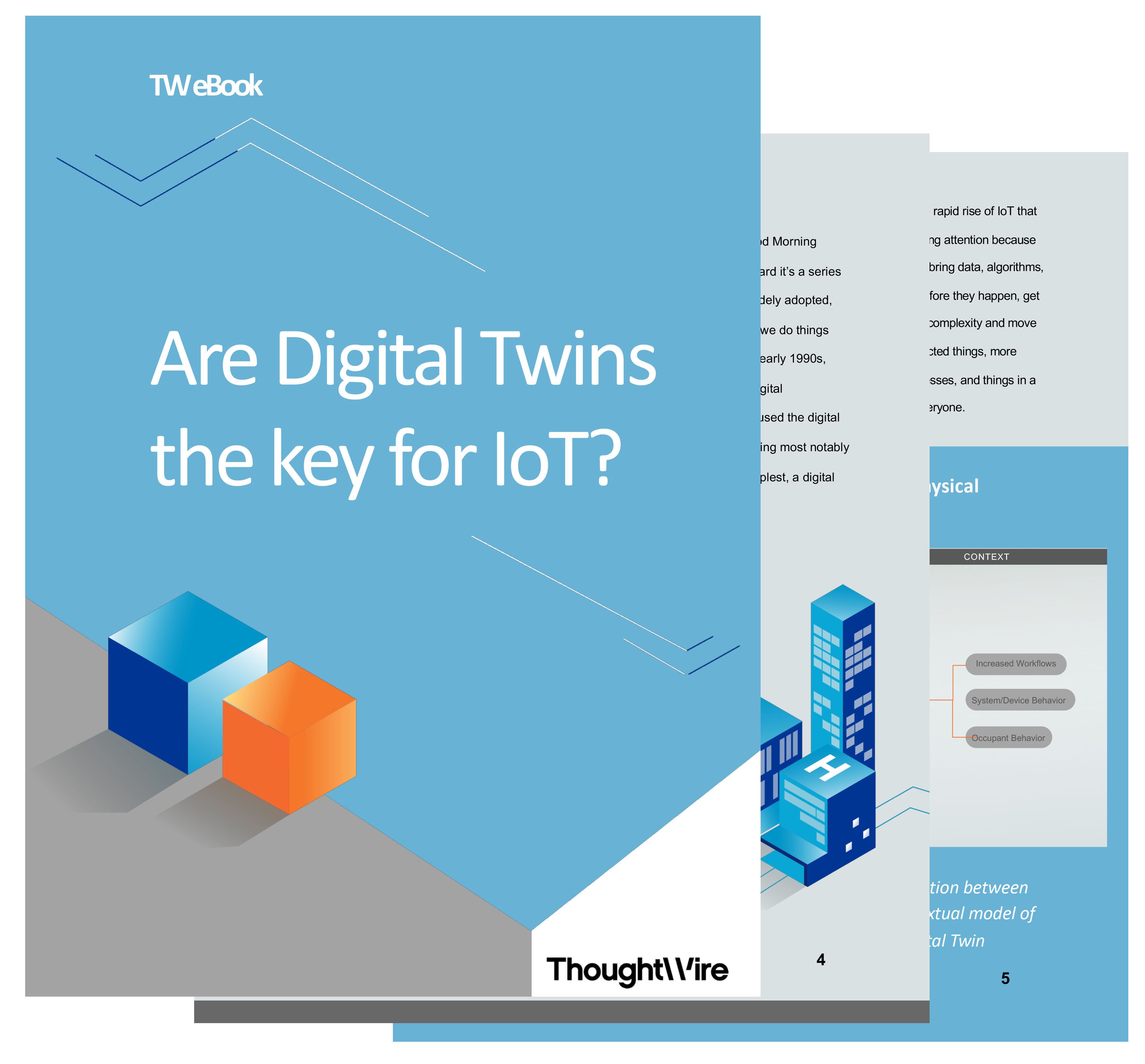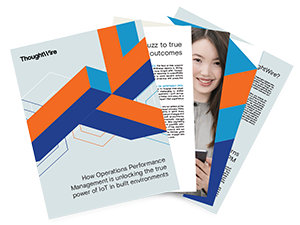As an owner or occupier of commercial buildings, you face problems big and small every day. Like a broken coffee machine that causes the entire marketing department to have a full-scale meltdown, or when IT issues a takedown of your VPN you’ll fear the wrath of your software engineers. Let’s not forget the forces of mother nature and the havoc she can wreak on you during hurricane season. These are some obvious risks that are par for the course in commercial office buildings, but as more of the building itself becomes connected, you’ve just opened yourself up to a multiplier effect of risk.
In 2019 smart connected buildings will face some big challenges that pose major risks to those who occupy and/or own commercial real estate. Let’s take a look at some of the challenges:
Cyber threats take center stage.
Let’s take a look at the most obvious risk first, cyber threats from malicious actors near and far; it’s a concern on everyone’s mind. Not all devices or software platforms have been architected to protect your assets from cyber attack and if cybersecurity was not a focal point of your strategy you have unfortunately exposed yourself to massive risk. What’s at stake? It ranges from data breaches to the actual safety of your building’s occupants, all of your IP enabled systems could potentially be at risk if left unprotected. We predict that soon we’ll rate buildings on a cybersecurity scale as we do for energy efficiency or wellness - mitigate the risk of cyber threats by working with your software vendors to define and implement a cybersecurity strategy.
Data is the new infrastructure - protect it as such.
In the past we considered commercial buildings as we did all buildings to be static structures, the only smarts were the network (and even that wasn’t very smart). Today, smart buildings are everywhere and they are no longer defined as rigid static structures but dynamic spaces that have the ability to offer immersive experiences to its occupants. The building is about the people and activities that take place within it and at an unprecedented rate the building’s state is defined by data points. Data has become the backbone of real estate or “the infrastructure” - every new build class A building is built with IoT, software platforms, and system integration in mind. Think about your data strategy early and often when making technology purchasing decisions otherwise risk precious data getting stuck in siloed systems. Data will become the biggest competitive advantage in CRE but it can also be the riskiest asset in your portfolio.
Data privacy is no joke. Just ask Mark Zuckerberg.
If data is the new infrastructure then everyone is trying to get a piece of it, including those that want to exploit it without proper oversight. Europe’s GDPR has sent waves through every multinational and forced all types of organizations to reckon with their handling and protection of data. As we try and create more seamless experiences and pervasive services the natural movement to cloud-based, easy to use, consumer like experiences has started to take shape in CRE. Mobile workplace experience apps, mobile security systems, online lease management, contract signing, and payments all happen as part of the customer lifecycle in CRE - creating a lot of data about people, their behaviour and the building itself along the way. CRE owners and occupants face the same risks as big tech giants like Facebook and Google when it comes to data privacy. Don’t let this risk deter you from pushing the innovation agenda just ensure your organization has the process controls and culture to ensure that data is handled with care.
OverView
Our HighIQ Smart Healthcare solution helps optimize the day-to-day lives of doctors, nurses, and clinicians at work. Find the right solution for your hospital.
Find Out MoreGET STARTED
-
Problems We Solve
Solve your biggest challenges
-
Our Solutions
Make your hospital smarter
-
Our Customers
Who we work with
PRODUCTS
-
EarlyWarning
Better predict patient deterioration
-
SynchronizedOps
Improve efficiency to reduce wait times
-
RapidResponse
Respond to patients faster and better
Overview
Our HighIQ Smart Buildings solution empowers building owners and occupants to take control of their space. Find the right solution for your commercial building.
Find Out MoreGET STARTED
-
The Problems
Solve your biggest challenges
-
Our Solutions
Make your building smarter
-
Our Customers
Who we work with
PRODUCTS
-
PrecisionHub
Optimize building operations
-
@Work
Improve tenant experience
Overview
Built using a super-fast graph database, our Digital Twin technology is at the heart of our applications.
Download e-bookGET STARTED
-
Overview
Connecting people and spaces for smarter built environments.
-
Digital Twin Technology
What is a Digital Twin?
-
Core Services & Connectors
The foundation for smart built environments
OVERVIEW
At ThoughtWire, we’re on a mission to create Smarter Spaces by using powerful Digital Twin Technology to bring Built Environments to life.
FIND OUT MOREGET STARTED
-
Our Leadership
Dedicated, focused and experienced executive
-
Careers
You belong at Thoughtwire
Find Out More
-
Ambiant LabsMaking the art of possible come to life
-
News Center
Keep up with the latest





